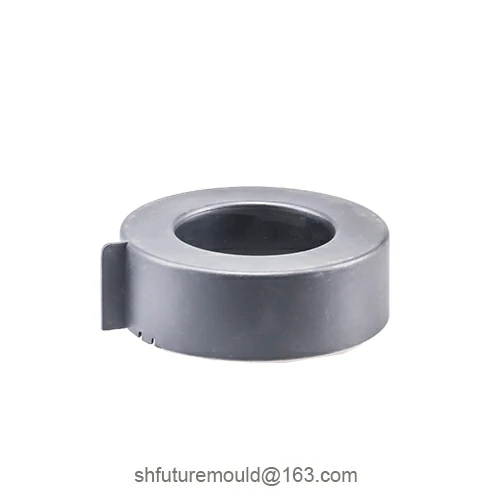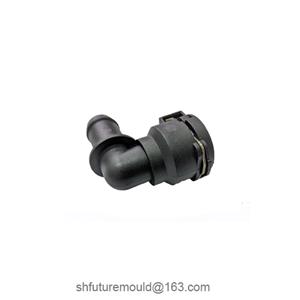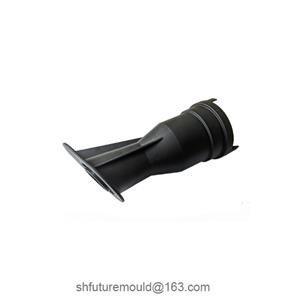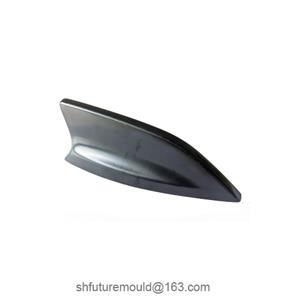Considerations for Plastic Electronic Product Enclosure Processing
When processing plastic electronic product enclosures, there are several key aspects that should be taken into account to ensure the quality and functionality of the final product. These considerations include:
Material Selection: The choice of material for the plastic electronic product enclosure should be based on the performance requirements and usage environment of the product. Common plastic materials include ABS, PC, PA, PP, and POM. ABS offers a good balance of properties and is easy to process, making it widely used for various electronic enclosures. PC possesses high strength, rigidity, high-temperature resistance, and corrosion resistance, making it suitable for high-strength, demanding electronic enclosures. PA exhibits excellent wear resistance, weather resistance, and electrical properties, often used for enclosures of precision instruments and meters. PP boasts good low-temperature resistance, chemical resistance, and non-toxicity, making it a popular choice for food and medical device enclosures. POM provides self-lubrication, wear resistance, and dimensional stability, commonly used for enclosures of precision machinery and electrical components.
Wall Thickness Design: The wall thickness of the plastic electronic product enclosure should be designed to meet the strength, rigidity, and weight requirements of the product. Excessively thin walls can lead to insufficient enclosure strength, making it prone to deformation or breakage. On the other hand, excessively thick walls increase the product's weight and production costs. Generally, the wall thickness should be between 0.8mm and 3mm.
Structural Design: The structural design of the plastic electronic product enclosure should consider the ease of disassembly, installation, and maintenance of the product. The enclosure should preferably adopt a split structure and incorporate appropriate fastening methods such as snap fits or screw fixation.
Mold Design: The mold design for the plastic electronic product enclosure should take into account the processing precision and surface quality requirements of the product. High-precision processing equipment and techniques should be employed for mold fabrication, along with proper venting and cooling designs.
Surface Treatment: Surface treatment of the plastic electronic product enclosure can enhance the surface finish and aesthetics of the product. Common surface treatment methods include painting, electroplating, screen printing, and hot stamping.
Quality Control: Quality control for the plastic electronic product enclosure should permeate the entire production process. Strict quality control measures should be implemented at every stage, from raw material procurement and mold manufacturing to product processing and surface treatment, to ensure that the product meets the quality standards.




